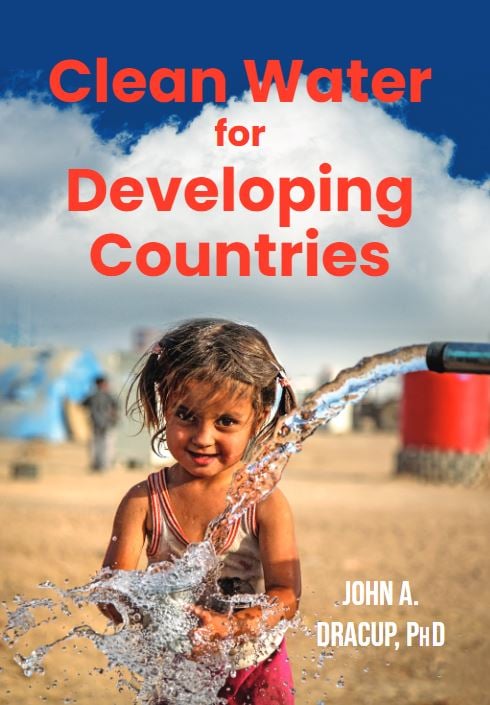On February 14, 2020, a group of protesters gathered outside of the offices of Spyglass Entertainment head Gary Barber. The group gathered together to advocate for the victims of Harvey Weinstein. According to the protesters, the victims’ fund had never been funded like it was supposed to. Thanks to Barber and Spyglass Entertainment, the $30 to $50 million the fund was supposed to get had never arrived like it was supposed to.
Barber’s Connection to Harvey Weinstein
Originally, Harvey Weinstein was famous for his work as a film producer. He co-founded Miramax and the Weinstein Company. Until 2017, Weinstein was the co-chairman of the Weinstein Company with his brother. In October 2017, Weinstein was dismissed from the company because of sexual assault allegations. More than 80 women made allegations against him, and the scandal sparked the #MeToo movement. On February 24, 2020, Weinstein was found guilty of rape.
The reason why the victims’ advocacy group is protesting Barber is that he now controls the Weinstein Company. In 2019, Barber gained control of the Weinstein Company’s television and film assets through a partnership with Lantern Entertainment. Originally, Lantern Entertainment was responsible for buying Weinstein’s former business after it had to declare bankruptcy in 2018.
The Cause of the Protest
The protest in February began because of a broken promise. When Spyglass Entertainment and Barber took over the Weinstein Company, they had negotiated with former Obama appointee Maria Contreras Sweet. According to the terms of the deal, Spyglass was supposed to put $30 to $50 million into a victims’ fund. They never fulfilled their promises, so the victims’ fund remains empty.
After the protest, the group released a statement. It called on Spyglass Media CEO Gary Berber as well as Lantern Asset Management Capital heads Milos Brajovic and Andy Mitchell to fulfill their promises to Weinstein’s victims. According to the protesters, the victims have been patiently waiting for Mitchell, Barber, and Brajovic to uphold the promises they made. Unfortunately, all of their waiting has been in vain.
A total of about 10 people gathered to make their case in front of Barber’s Century City office. The protesters believe that the original offer was made and accepted in good faith. Instead of following through on the offer, the company never offered the financial contributions it had said it would.
Lantern Entertainment Has Dealt With Fraud and Breach of Contract Lawsuits Before
In 2018, Lantern Entertainment was the subject of a different kind of legal scandal. Documents were filed in the Los Angeles Superior Court involving negligent misrepresentation, breach of contract and fraud. The heart of the case involved African-American producer Marvin Peart.
Peart developed his reputation working in Hollywood and has gained respect over the years for his talent. In the 2018 lawsuit, Peart sued Lantern Entertainment because of the Weinstein Company deal. Originally, Peart was responsible for landing the deal and negotiating the deal’s terms. Once the deal went through, he was supposed to be given a seat on the board of the new company. In addition, he was supposed to get more than $10 million for bringing in Lantern Entertainment as an investor.
Unfortunately, none of these promises were kept by Lantern and the Weinstein Company. Instead, Peart says he was forced out because of institutional racism. In the lawsuit, Peart attacked Lantern for completely cutting him out of the deal. If Lantern had followed through like it was supposed to, Hollywood would have spent the year celebrating the story of an outsider who successfully landed the largest entertainment deal of 2018.
According to the lawsuit, Lantern engaged in historic revisionism through its public announcements. The announcements about the deal did not include any references to Peart’s accomplishments. All of Lantern’s actions were more than just a simple breach of contract. These actions were just another example of how institutional racism marginalizes African-American professionals in Hollywood and keeps them from their rightful place in the winner’s circle. While months have passed since the lawsuit was filed, the case is still pending in the courts.
Who Is Gary Barber?
Barber was born in South Africa. After he received an accounting degree from the University of the Witwatersrand, he began working as an accountant in the United States and South Africa. Since 1979, Barber has lived in the United States. In 1998, he founded Spyglass Entertainment with Roger Birnbaum.
Barber ended up serving as the CEO of MGM in 2010. During his time as the head of MGM, the company produced James Bond films and other major productions. While his contract was resigned in 2017 for another five years, he ended up getting removed from the studio in March 2018. Because of his ouster, he received a settlement worth $260 million. More recently, Barber has made the news for his company’s takeover of the Weinstein Company as well as its failure to pay the victims of Harvey Weinstein.
Like the victims’ fund Gary Barber was supposed to set up, Peart never received everything he was promised. Lantern, Spyglass Entertainment, the Weinstein Company and Barber have developed a track record of breaking agreements when it suits them. While the protesters are hopeful that Barber will follow through on his promises, Lantern and Spyglass Entertainment’s past actions do not bode well for the outcome of the victims’ fund.












